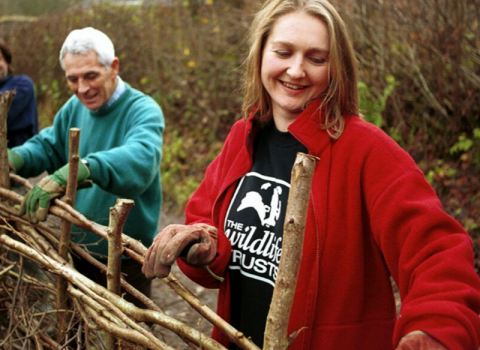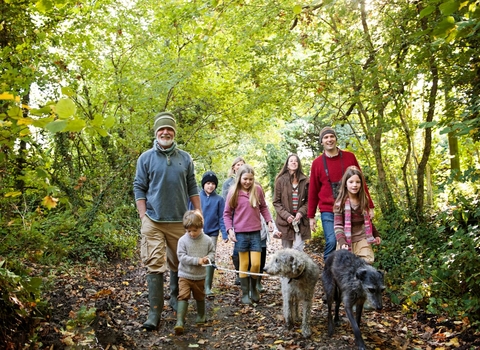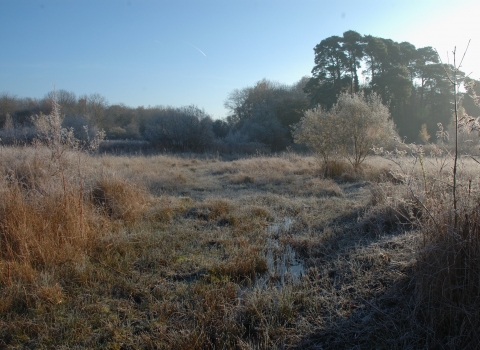A section of path has been re-routed to avoid trees infected by ash dieback disease. Please keep safe by following the alternative, way-marked routes. To learn more about ash dieback and support our appeal, click here.

Jim Asher
Dry Sandford Pit
Location
Know before you go
Dogs
When to visit
Opening times
Please note the car park will be closed and locked overnight from 5.30pm – 7.30amBest time to visit
All year roundAbout the reserve
Nationally important
Geological wonders, nationally scarce fen and rich insect life make Dry Sandford Pit a nature reserve of national importance. Its extraordinary mosaic of fossil-rich cliffs, limey fenland, ponds, streams, chalk grassland, scrub and woodlands are all bursting with plants and animals, including rare species. The exposed layers of Dry Sandford Pit's low sand and limestone cliffs illustrate the various stages as the sea that once covered Oxfordshire receded. The cliffs contain many corals and visible fossils of marine creatures dating back to the Jurassic era.
Please note: this site is a SSSI and it is illegal to damage, dig or remove stone from the reserve.
Honeycombed cliffs
The cliff faces are very important for wildlife. Restoration work has cleared away scrub from these cliffs and trees have been coppiced. Solitary bees and wasps, including the five-banded tailed digger wasp, have burrowed into the soft sandy layers creating a honeycomb of tiny holes.
Flowery fen
In June, common spotted-orchids flower in the fen area, following twayblade in May and tens of thousands of beautiful marsh helleborines in July. Dotted amongst these are the purple spikes of the clove-scented marsh fragrant-orchid. Please take care not to trample this area.
Things to do
- Explore Cothill Fen, one of the most diverse wildlife area in Oxfordshire, by downloading our circular walk leaflet.
- Try our circular Wildlife Walk (1/2 mile). Just follow the badger waymarkers.
Species
Contact us
Environmental designation

Volunteer with us
Our volunteers help us in so many ways - by working on nature reserves, helping at visitor centres, leading walks, training others and much, much more. Without our volunteers we would not be able to carry out much of our work.
For more information about volunteering for BBOWT, please get in touch with volunteering@bbowt.org.uk




